Pablo Alvarez
Posts by Pablo Alvarez
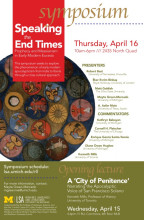
On April 16 my colleague Evyn Kropf and I prepared a show & tell presentation of manuscripts and early printed books for the attendees of the symposium, "Speaking the End Times: Prophecy and Messianism in Early Modern Eurasia". In brief, this two-day conference explored the topic of early modern apocalypticism from India to Iberia.

The Special Collections Library will host a reception to celebrate a new exhibit, "Through the Magnifying Glass: A Short History of the Microscope." Please join the exhibit curators, Pablo Alvarez and Gregg Sobocinski, to chat about this exciting display. There will be coffee and other refreshments. Date: April 24 (Friday) 3:00 pm -5:00 pm. Place: Seventh floor of the Hatcher Library.
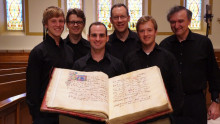
On August 26 2014, led by Dr. Stefano Mengozzi, a group of six singers recorded a selection of Gregorian chant music at the St. Thomas Apostle Catholic Church in Ann Arbor. They sang from a fifteenth-century Antiphonary from the Special Collections Library, an extraordinary manuscript copied in Venice and richly illuminated by the Italian miniaturist, Benedetto Bordon.
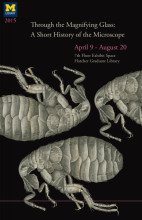
We are pleased to announce the opening of a new exhibit on the seventh floor of the Special Collections Library: Through the Magnifying Glass: A Short History of the Microscope.
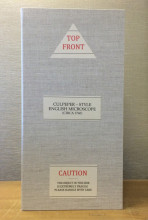
In 2013, an extraordinary collection on the history of medicine was transferred from the Taubman Library to the Special Collections Library, University of Michigan Library. Among the books, we came across three eighteenth-century microscopes stored in plain boxes and in need of conservation treatment. They have now been repaired and are in new homes. Here is a video explaining in detail the conservation work performed in one of these wonderful microscopes.
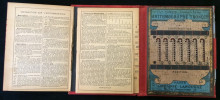
Portable calculators are older than we think. For our History of Mathematics Collection, we have recently purchased an example of a small manual calculator, whereby anyone could quickly perform each of the four basic mathematical operations. It was designed by the Frenchman Louis-J. Troncet in 1889.
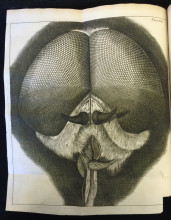
This superb engraving depicts what the seventeenth-century English scientist, Robert Hooke, observed when exposing the head of a grey drone-fly through the lens of a microscope. The greatest section of the head was nothing else but two large “protuberant bunches,” mostly covered by thousands of tiny hemispheres arranged in “triagonal order”.

This recently acquired edition of two medical commentaries by the sixteenth-century Italian doctor, Leon Roganus Caietanus, is bound in limp vellum with bevelled boards, and the gilded edges of the text block have been expertly decorated, or gauffered, with a special tool.
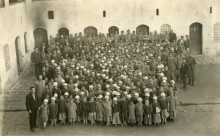
"Now or Never": Collecting, Documenting and Photographing the Aftermath of World War I in the Middle East. This exhibit explores the role of the U-M archaeological expedition (1919-1920), led by Professor Francis Kelsey, as witnesses of the chaos and destruction in the Near East following Germany's surrender to the Entente forces on November 11, 1918.
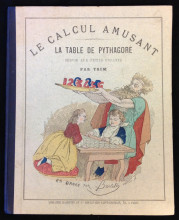
We are excited to report about a recent acquisition for our fast growing collection of Children's Literature. It is the first edition of Le calcul amusant (Paris, ca. 1862), a truly entertaining book designed to teach French kids multiplication through colored illustrations and rhyming couplets.